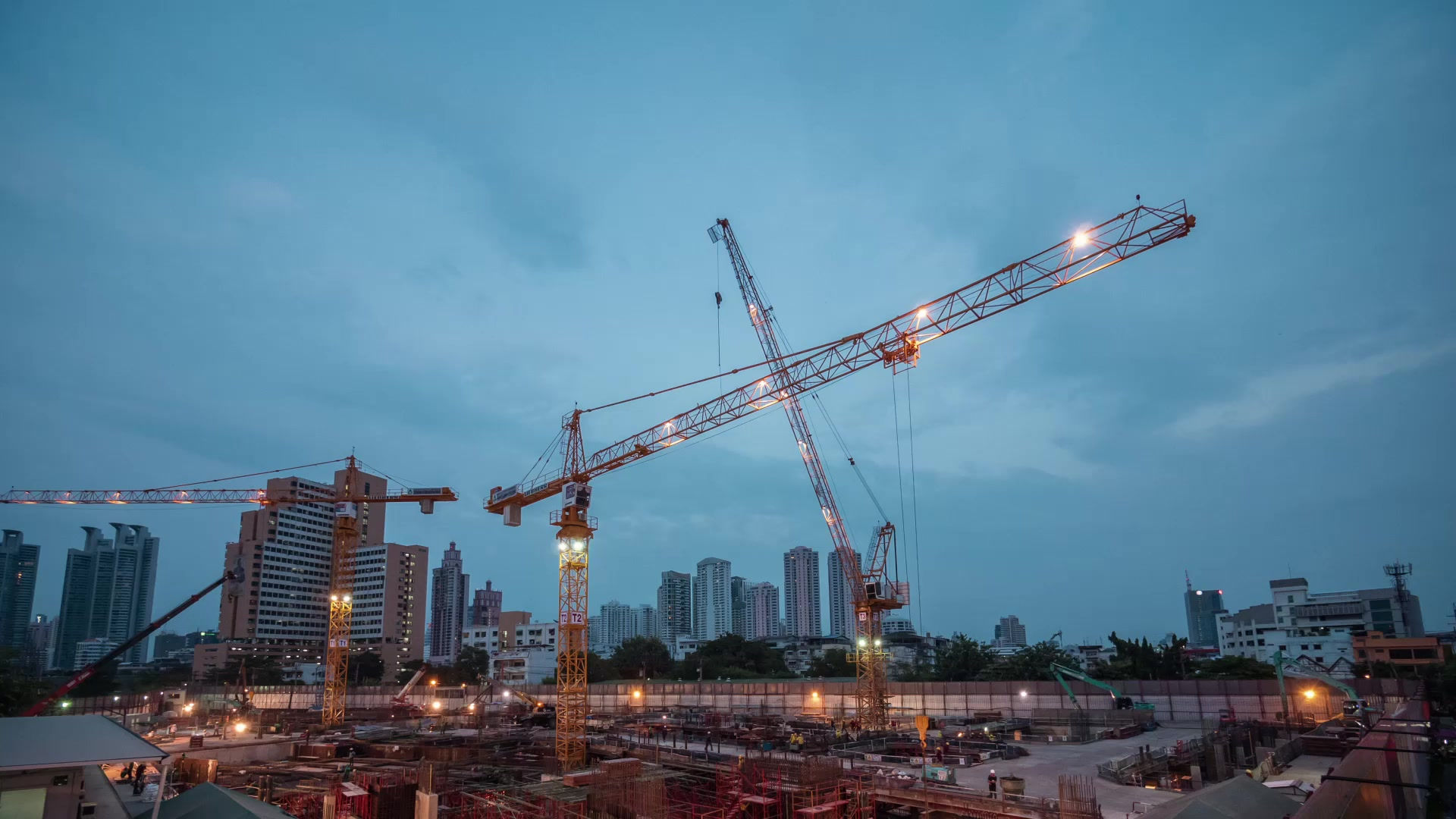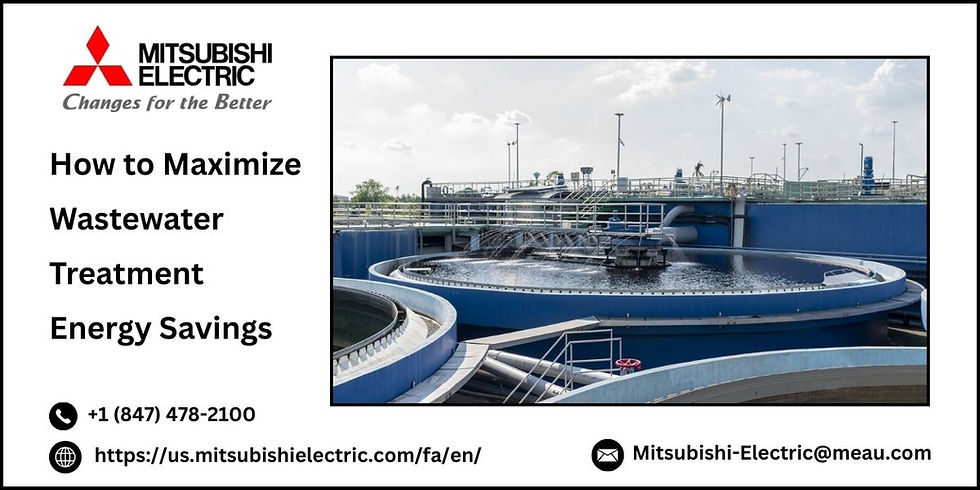How Machine Tending Fixtures Streamline Production?
- mitsubishielectric1
- Jun 6
- 3 min read
Updated: Jun 9

Automation is no longer a luxury in today's fast-paced manufacturing era—it's a necessity. The centerpiece of automated machining processes are the tools and parts that facilitate unbroken production. Of these, machine tending fixtures stand at the center. Intended to support, hold, and position parts for robotic and automated processing, these fixtures provide precision, repeatability, and efficiency throughout the production line.
Understanding Machine Tending Fixtures
Machine tending fixtures are specialized equipment designed to stabilize workpieces during automated machine tending operations. Whether it's a robotic arm filling parts into a CNC machine or moving completed pieces to inspection stations, these fixtures are the behind-the-scenes heroes that make everything work. They are crucial in aiding machine tending tools, making them more efficient at carrying out tasks with precision without the need for humans to do it.
They may be custom or modular, depending on use and production needs. Popular ones include manual, pneumatic, hydraulic, magnetic, and vacuum-based systems—each optimally designed to handle certain materials, geometries, and throughput targets.
Integration with Machine Tool Stations
Machine tool stations, centers of manufacturing operations, depend on effective and precise handling of components. Incorporating machine tending fixtures into these stations optimizes production by reducing downtime and minimizing the risk of human error. Combined with machine tending tools, fixtures position each part exactly and firmly in place, facilitating smoother movement from one machining operation to the next.
For instance, for a high-volume CNC milling process, the combination of machine tool stations and properly designed fixtures leads to repeatable part quality and accelerated cycle times. Such integration also enables real-time monitoring and data capture, which resonates with Industry 4.0 activities.
Advantages of Utilizing Machine Tending Fixtures
1. Enhanced Accuracy and Repeatability
Machine tending fixtures reduce variability in part location, which results in repeatable machining results. This guarantees that all parts manufactured are within tight tolerances and quality requirements.
2. Lower Cycle Times
Automating part loading and unloading reduces machine idle time substantially. This results in higher throughput without sacrificing quality.
3. Improved Safety
Minimizing manual handling reduces the risk of injury to personnel in the workplace and provides compliance with safety codes.
4. Cost Savings
While upfront investment can be costly, long-term savings through lower labor costs, minimized scrap rates, and reduced downtime make the investment worthwhile.
5. Scalability and Flexibility
Modular fixture structures are reconfigurable for various part types, so they are well-suited for plants that produce a variety of parts.
The right fixture selection is based on several factors:
Material Type: Heavy-duty parts might need to use hydraulic or pneumatic fixtures, whereas sensitive items are well served by vacuum or magnetic systems.
Production Volume: High-volume lines require heavy-duty, automated fixtures for the needed speed and consistency.
Machine Tool Compatibility: Make fixtures compatible with existing machine tool stations to avoid additional modifications.
Customization Needs: Special fixtures are necessary to ensure better fit and function for odd part geometries.
Machine tending fixtures apply to a variety of industries:
Automotive: To hold precise parts such as housings and gears.
Aerospace: Supporting intricate and sensitive components.
Medical Devices: Providing sanitary and accurate handling.
Consumer Electronics: Processing high-volume precision parts.
The Future of Machine Tending Fixtures
Machine tool stations are changing with more advanced systems, and machine tending tools and fixtures are following suit. New technologies such as smart sensors and AI-based integration enable fixtures to adjust on their own, track wear, and give feedback, further enabling automation.
Also, additive manufacturing is simplifying and accelerating the production of customized fixtures at reduced cost. This fixture development democratization facilitates agile manufacturing and decreases lead times.
Conclusion
Machine tending fixtures are the backbone of modern manufacturing. When strategically combined with machine tool stations and augmented by the latest machine tending tools, they reveal new heights of productivity, precision, and business efficiency. For companies looking to remain competitive, the right fixture solutions are not only a good investment—they're a game-changer.

.png)



Comments